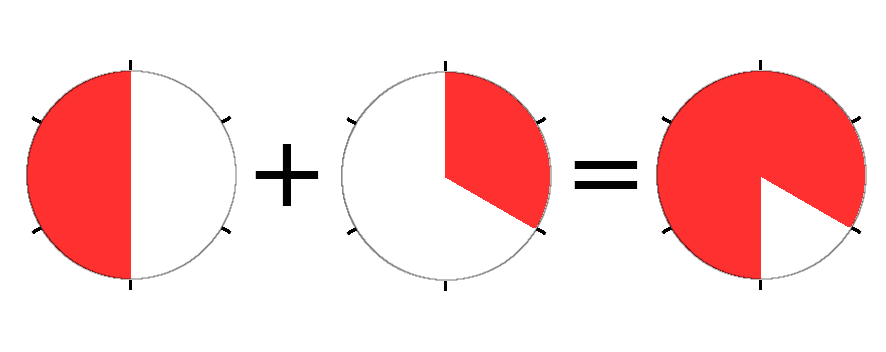Fractions in Python

When you ask your spreadsheet to calculate 1/2 + 1/3 you get something like this: 
This is obviously an approximation. The 3’s after the decimal point repeat indefinitely.
The correct answer is:
- 1/2 = 3/6
- 1/3 = 2/6
- 1/2 + 1/3 = 3/6 + 2/6 = 5/6
Python is a simple but powerful language, and comes with a wealth of libraries. Its Fractions library gives you the correct answer in a couple of lines
Here is the annotated code. You can find the raw code at the GitHub repository
1. from fractions import Fraction Load the Fractions library
2. half = Fraction(‘1/2’) 3. third = Fraction(‘1/3’) Create the two fractions
4. total = half + third Add them up
5. print(half, ‘+’, third, ‘=’, total) Show the result. The more modern way is to use an “f-string”, which was introduced in Python 3.6, December 2016. This is often more readable, but not here. It would look like this: print(f'{half} + {third} = {total}’)



